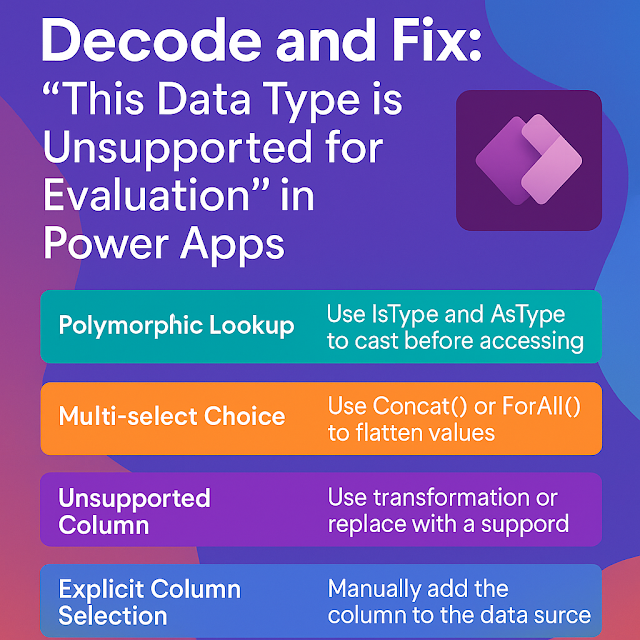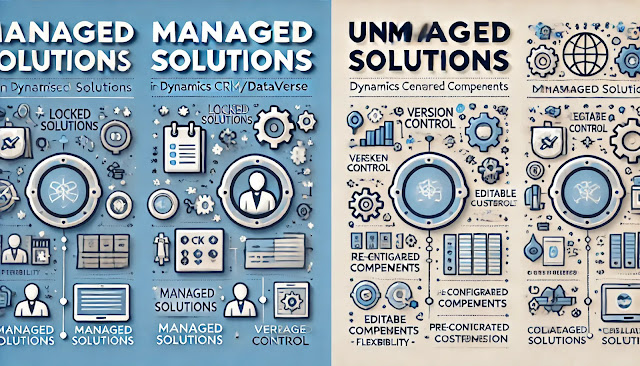The Art and Science of Data Modeling in Power BI
A data model is essential for structuring, organizing, and optimizing data in a way that makes it useful for analysis and decision-making. It defines how data is stored, related, and retrieved, ensuring consistency, accuracy, and efficiency in reporting and analytics.
A well-structured data model is the foundation of any efficient data-driven system. It enhances performance, ensures accuracy, reduces redundancy, and provides a clear framework for reporting and analytics in tools like Power BI, Azure, and SQL databases.
Data Model provides a blueprint for databases, defining entities, attributes and relationships.
Data Model categories in three different types :
- Conceptual Data Model – Business-focused, high-level view.
- Logical Data Model – Defines data structure and relationships.
- Physical Data Model – Implementation in Power BI with calculations and optimizations.
1. Conceptual Data Model (Business-Level Understanding)
What it is:
- A high-level representation of business entities and their relationships.
- Focuses on the business needs and meaning of data without technical details.
- Used for discussions with stakeholders (business analysts, decision-makers).
Conceptual Data Model in Power BI:
- Manages roles ➝ Defines user roles and access permissions at a high level.
- View As ➝ Allows viewing reports from different user roles' perspectives.
- Hierarchies ➝ in Power BI allow you to organize data into structured levels for better navigation, filtering, and drill-down analysis.
2. Logical Data Model (Data Structure & Relationships)
What it is:
- Defines tables, attributes, primary keys, and relationships.
- Ensures data integrity and normalization (avoiding redundancy).
- Lays the foundation for data storage but isn’t yet implemented in Power BI.
Logical Data Model in Power BI:
- Manage relationships ➝ Defines relationships between tables (one-to-many, many-to-many, etc.).
- New Parameters ➝ Helps define dynamic values for calculations or filtering.
- Hierarchies ➝ in Power BI allow you to organize data into structured levels for better navigation, filtering, and drill-down analysis.
3. Physical Data Model (Implementation in Power BI)
What it is:
- The actual implementation in Power BI, including data storage, calculations, and performance tuning.
- Uses DAX (Data Analysis Expressions) and Power Query for transformations.
- Optimized for query performance and report generation.
Physical Data Model in Power BI:
- New Measure ➝ Uses DAX to create calculated values for reports (e.g., Total Sales).
- Quick Measure ➝ Predefined DAX calculations for easier metric creation.
- New Column ➝ Adds computed columns at the table level (row-by-row calculations).
- New Table ➝ Creates a new table using DAX or Power Query.
- Hierarchies ➝ in Power BI allow you to organize data into structured levels for better navigation, filtering, and drill-down analysis.
Data modeling in Power BI is a crucial step that enables meaningful analysis and powerful insights. By defining relationships, creating measures, and organizing data into a logical structure, you can transform raw data into interactive and insightful reports.













Comments
Post a Comment